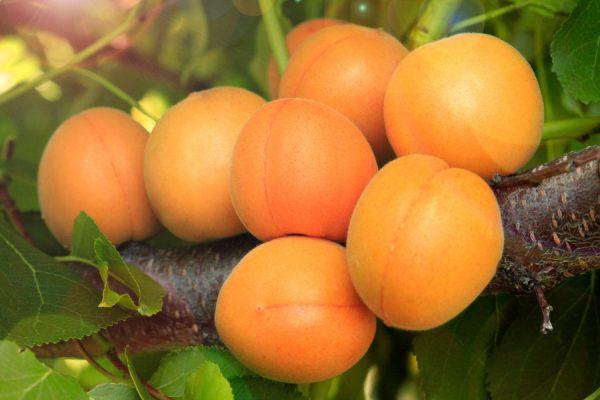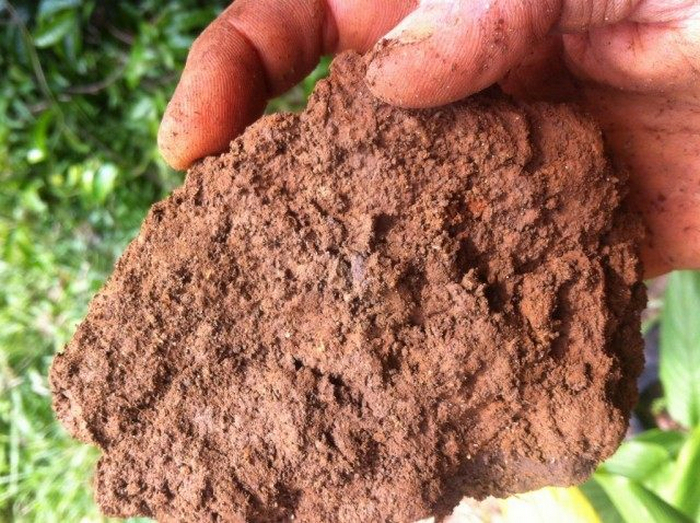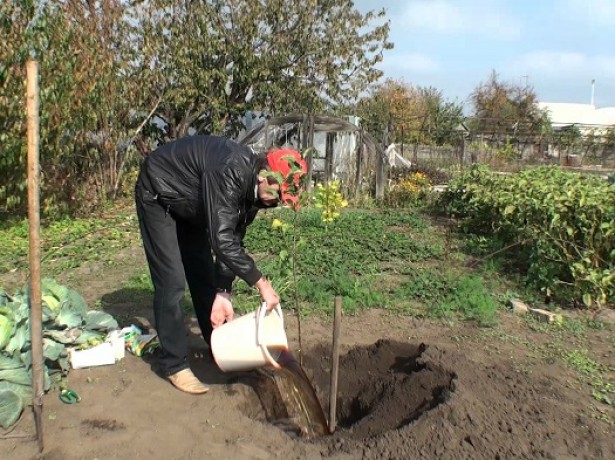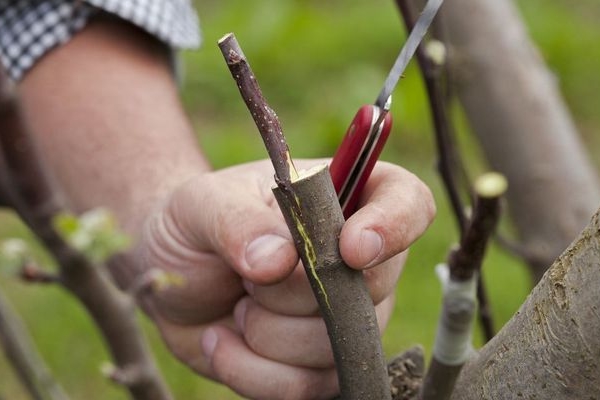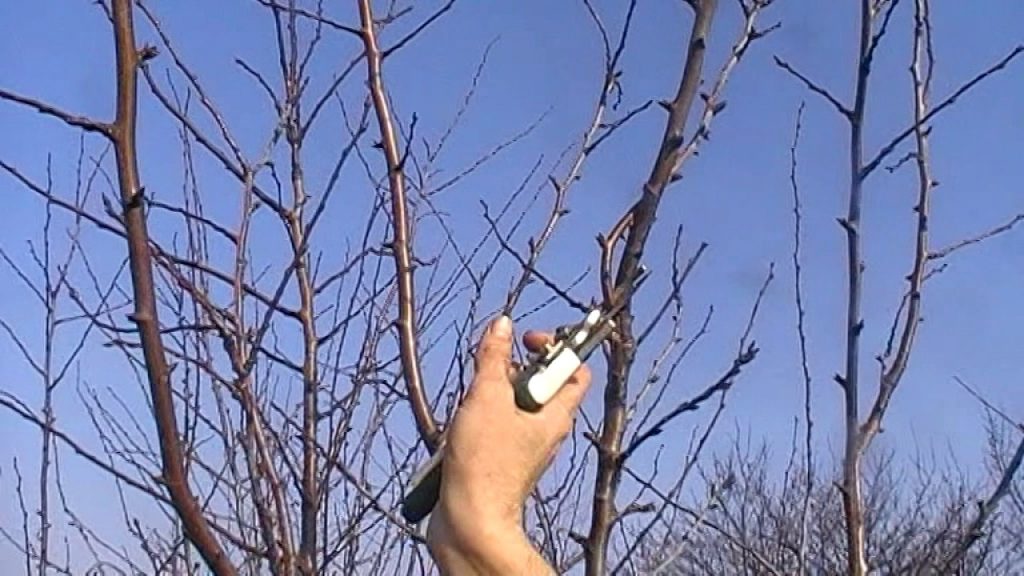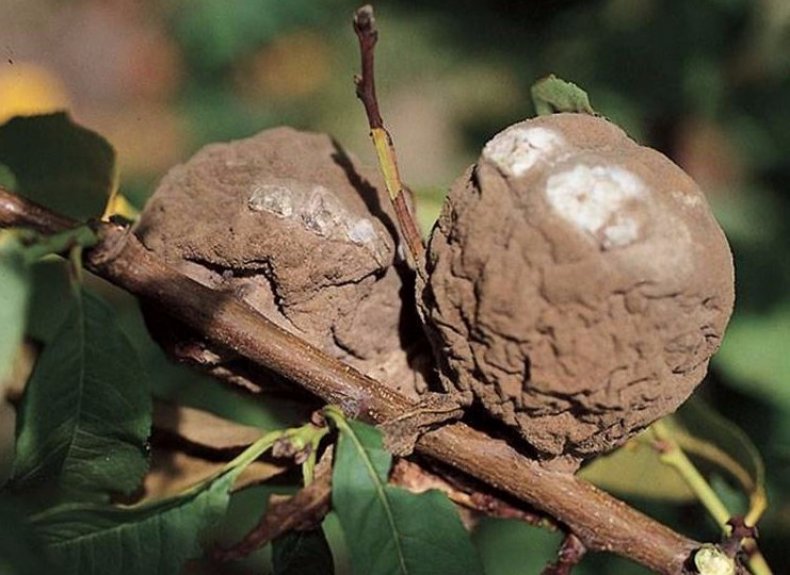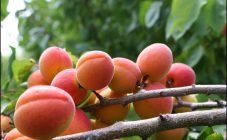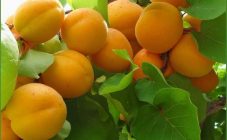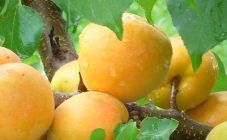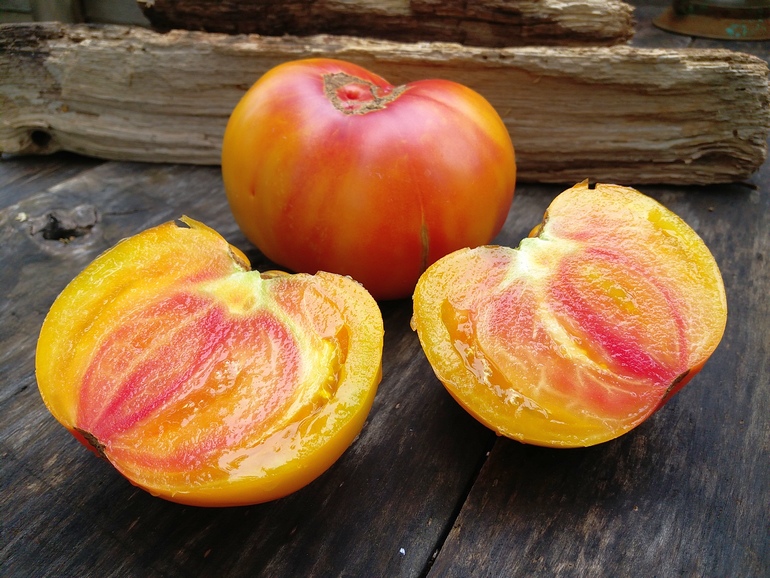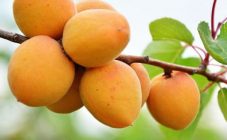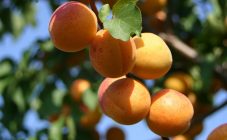Content:
Apricot fruit trees are traditionally grown in regions with mild, warm springs and long, hot summers. The taste and benefits of the fruit of the apricot tree can hardly be overestimated. Juicy sweet fruits contain many vitamins (A, C, E, PP, group B), minerals (Fe, P, Mg, K, I, Na), as well as malic, citric and tartaric acids, sugar and tannins.
History of creation
The breeders were faced with the task of developing apricot varieties that can not only survive, but also actively bear fruit in the harsh conditions of central Russia. The most striking example of selection is the honey apricot.
The work of breeders has been so successful that this apricot variety can be grown in any region of the country. The selection was carried out at the South Ural Research Institute by Kabir Kadyrovich Mullayanov. In the 90s of the last century, he took the Kichiginsky apricot variety as a basis and applied the method of free pollination. The result is an unpretentious and frost-resistant Honey apricot.
Characteristics of the variety
- Mid-season variety. Harvesting is carried out in July - August.
- Early fruiting. Fruiting of the tree begins 4 years after planting in a permanent place.
- High productivity. One adult tree can harvest 20 kg.
- Winter hardiness. A strong tree can easily withstand frosts at -35 degrees. Also, this variety has a high resistance to return frost in the spring, when the buds on the tree begin to swell.
- Immunity to various fungi and infections.
- Requires planting a pollinator tree nearby. It can be an apricot of the Kichiginsky variety. In stores, it is often sold together with a pollinator in a kit.
- Fruit of apricot Honey for universal use. It is useful to eat them fresh. They are great for processing into apricot compote, jam, preserves. Perfectly transported.
Apricot Honey variety description
- The height of the tree reaches five meters, which makes pruning and harvesting difficult.
- The crown is spreading, requires seasonal pruning in spring and autumn. The crown radius can be up to 4 meters.
- The trunk is massive. The color is grayish-brown. The bark is thick, rough, dry. In an adult tree, it can crack.
- The leaf is in the form of a drop, with small jags at the edges. The petiole is long. The color on the outside and inside of the leaf is equally intense green. In autumn, they become orange-red. Leaves do not fall until frost. Looks great in landscape plantings.
- It blooms in early spring with small fragrant single five-petal inflorescences. Their color can be snow-white or with a slight pink tint.
- Apricot fruit Honey small, round. The weight of one fruit is about 15 grams. The fruit has an elastic skin of moderate thickness. It is easily separated from the fruit pulp. By the time it ripens, it acquires an intense yellow, sometimes even orange color. The pulp is juicy yellow. Its structure is granular and fibrous.
- Apricot taste Honey bright, intense, sweet with light hints of honey. The stone is small and easily separated from the pulp.
Agrotechnics
An agricultural technician can easily determine the landing site. It should be open, sunny and as far as possible protected from strong winds on the north side. It is better to plant an apricot on a small bump than in a lowland.
The soil for this variety is suitable for loamy, sandy loam, black earth and even stony. The soil should easily allow moisture and air to pass through. Acidic soil is not suitable for growing apricots; it must be deoxidized. Poor sandy and heavy clay soils are also of little use for growing apricots.
Groundwater should run no closer than two meters to the soil surface. Apricot easily tolerates dry periods, but stagnant moisture is destructive for it. In open ground, apricots can be planted in spring and autumn.
Spring planting is suitable for central Russia and the Moscow region. The seedling will have time to get stronger and grow the root mass. Planting is done at the beginning of April, when the weather is warm, without frost.
The spring planting time is good because the preparation of the planting pit can be carried out in the fall. By spring, the soil is structured, and the applied fertilizers are evenly distributed in it.
Autumn planting is carried out in October - November. Nature itself will help the seedling to take root, but you have to wait until the wood is ripe and the foliage falls from the tree.
In the fall, it is easier to choose a good specimen for planting, and in the spring it will begin to grow earlier. In the fall, the planting pit is prepared 3 weeks before planting.
Planting pit preparation
- Prepare the site (level, remove stones, weeds).
- Dig a hole 70 * 70 cm in size. Leave the distance between the seedlings 5 meters, and between the rows - 3 meters.
- Lay a layer of drainage from large pebbles or broken brick at the bottom of the pit.
- The soil from the pit must be mixed with fertilizers (1.5 buckets of humus, 0.5 kg of superphosphate, 0.3 kg of potassium sulfate or 3 kg of wood ash instead of mineral fertilizers).
- To create a support for the seedling, a 1.5 m stake must be driven into the bottom of the pit.
- Fill the hole with a mixture of soil and fertilizers and water it abundantly so that the earth settles.
Sapling selection
It is necessary to buy seedlings in garden centers, and not from private owners. When buying, you need to pay attention to the type of root system. It should not be dry and broken. The stem of the plant should be flat, without damage, with live buds.
There must be a vaccination. She is a sign that the plant is varietal, and not grown from a stone. The age of the seedling for planting is optimal for 1-2 years.
Landing
- On the eve of planting, the seedlings are kept in water for a day, and before planting in a hole, they are dipped in a solution of clay and water.
- Half of the soil is removed from the pit prepared in advance and the roots of the seedling are carefully placed in the middle of the pit.
- Fill the soil back up, carefully tamp and tie the seedling to the support.
- A small shaft should be formed along the edge of the planting pit to retain the water. After that, water and mulch the planting.
- With proper planting, the grafting site is 10 cm above ground level.
Pruning
Then the seedling is pruned, leaving a trunk of 80 cm. This gives it the opportunity in the first year to form the skeleton of the plant, growing 70 cm of the main branches. In the summer, these branches are slightly shortened to start the growth of branches of the next order.
Sanitary pruning is done in the spring and fall. Branches are cut out that thicken the crown of the tree, located more than 45 degrees to the trunk, as well as growing inward the crown.
By the age of two, the apricot will finally form the crown. Spurs will appear on the main branches. This is a sure sign that the tree will bear fruit, because it is on them that the fruits are formed. The next formative pruning is done once every four years.
Watering
Watering a young apricot is carried out more often than an old tree. A mature tree will tolerate a dry period calmly, and a young tree needs a lot of moisture to form a root system. The frequency and amount of watering depends on the amount of precipitation. Too much moisture will not make the tree stronger, but, on the contrary, can destroy it.
Top dressing
If, when planting an apricot, a large amount of fertilizer was immediately applied to the soil, then feeding will need to be carried out only from the third year of the plant's life.
For feeding, 0.1 kg of complex mineral fertilizers are introduced into the tree trunk circle in March. This dose can be halved and the second part added after the apricot has flowered. Instead of a complex of fertilizers, you can add nitrate and urea, counting on 1 sq. meter 40 gr. each fertilizer.
It is important to monitor the acidity of the soil, its value should be higher than 7. To deoxidize the soil, dolomite flour can be added every 4 years, 0.3 kg per tree.
Diseases and pests
The honey apricot immunity is very resistant to fungal and bacterial diseases. But a tree can get sick if it is not cut correctly or is flooded with excessive moisture.
Moniliosis is a fungal disease that causes ovaries to fall off, leaves and branches die, and also gray fruit rot. Prevention consists in timely sanitary pruning, whitewashing the tree trunk with a solution of lime and copper sulfate, spraying with Bordeaux liquid.
Spraying is carried out during the periods when the plant is most vulnerable: in winter, a week before the opening of the buds, and a month later, when the fruits begin to form.
Clasterosporium is a fungal disease manifested in the appearance of brown-brown spots with a red border on the green leaves and skin of fruits. Treatment and prevention of this disease are the same as for moniliosis.
The apricot is often attacked by insect pests: aphid, leafworm, moth. Also, hares, mice, and rats do great harm. For the control and prevention of pests and rodents, both scientific methods and folk methods of control can be used.
Advantages and disadvantages of the variety
In Russia, gardeners fell in love with the honey apricot, although it has not yet been included in the State Register of Breeding Achievements. The merits of this strain undoubtedly outweigh the minor disadvantages.
The disadvantages include:
- The fact that it needs a different pollinator tree to pollinate it.
- Also, the height of the tree and its chic crown make it much more difficult to care for the tree, prune branches and harvest.
The undoubted advantages of this variety include:
- The ability to grow and bear fruit in regions with non-standard living conditions for apricots.
- Winter hardiness, resistance to spring temperature changes.
- Unpretentious, undemanding to growing conditions.
- Disease and pest resistance.
- Bright taste, versatility of use.
- Long distance transportation.
- Early fruiting and high yield.
Several apricot trees in the garden will allow you not only to enjoy delicious, honey, fresh fruits in the summer season, but also to preserve a piece of summer in a jar of apricot jam for winter.
